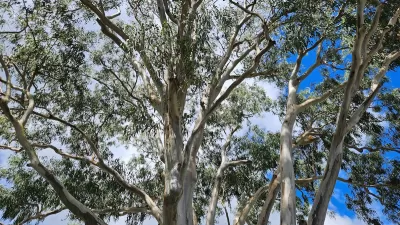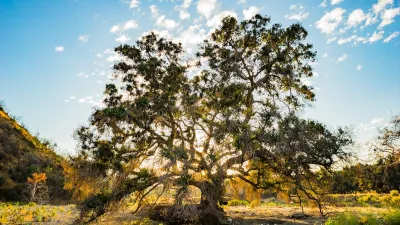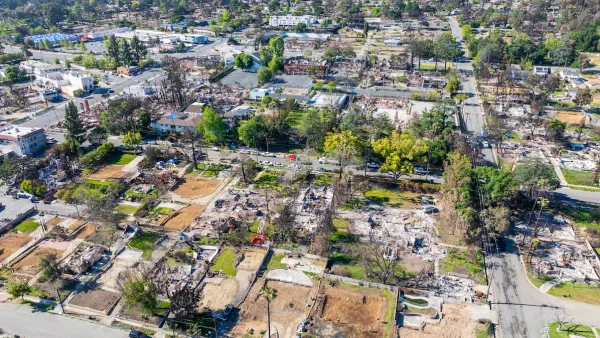Fire experts emphasize the need to replace highly flammable trees like Mexican fan palms and eucalyptus with fire-resistant species such as oak, sycamore, and toyon, while also strengthening home fire defenses to reduce wildfire risks in California.

In the wake of devastating wildfires across Southern California, the conversation around fire-resistant landscaping has intensified. While trees provide beauty, shade, and ecological benefits, experts caution that certain species — particularly Mexican fan palms, Italian cypress, and eucalyptus — act as dangerous fire accelerants, spreading embers and intensifying destruction. Ecological horticulturalists and fire scientists emphasize that the solution is not to remove all vegetation but to choose species strategically, with an emphasis on moisture-rich, fire-resistant trees like California live oak, sycamore, and toyon, which can help intercept embers and slow fire spread.
As reported by Steve Lopez, researcher Alexandra Syphard and other fire ecology experts stress that hardened structures, not vegetation alone, determine a home’s ability to withstand fire. Many homes are ignited from within due to embers entering through vents, shattered windows, and open garage doors. Double-pane windows, fine-mesh vent screens, and proper brush management—rather than excessive clearing—can make a significant difference in fire resilience. Even in the aftermath of destructive blazes, certain plants have demonstrated remarkable resilience, such as California lilac, which survived while structures around it burned.
Experts recommend replacing highly flammable trees with fire-resistant alternatives such as oak, sycamore, toyon, lemonade berry, and lilac. Landscape architect Kay Stewart suggests succulents and cactus as additional safeguards, while biologist Cristhian Mace underscores the importance of smart planning, maintaining defensible space, and integrating non-combustible building materials. While the idea of removing iconic palm trees may be met with resistance, fire safety advocates argue that proactive changes in landscaping are necessary to adapt to the increasing wildfire risks in California.
FULL STORY: Column: Slow the spread of fire? ‘We have to get rid of the palm trees’

Planetizen Federal Action Tracker
A weekly monitor of how Trump’s orders and actions are impacting planners and planning in America.

Maui's Vacation Rental Debate Turns Ugly
Verbal attacks, misinformation campaigns and fistfights plague a high-stakes debate to convert thousands of vacation rentals into long-term housing.

San Francisco Suspends Traffic Calming Amidst Record Deaths
Citing “a challenging fiscal landscape,” the city will cease the program on the heels of 42 traffic deaths, including 24 pedestrians.

Amtrak Rolls Out New Orleans to Alabama “Mardi Gras” Train
The new service will operate morning and evening departures between Mobile and New Orleans.

The Subversive Car-Free Guide to Trump's Great American Road Trip
Car-free ways to access Chicagoland’s best tourist attractions.

San Antonio and Austin are Fusing Into one Massive Megaregion
The region spanning the two central Texas cities is growing fast, posing challenges for local infrastructure and water supplies.
Urban Design for Planners 1: Software Tools
This six-course series explores essential urban design concepts using open source software and equips planners with the tools they need to participate fully in the urban design process.
Planning for Universal Design
Learn the tools for implementing Universal Design in planning regulations.
Heyer Gruel & Associates PA
JM Goldson LLC
Custer County Colorado
City of Camden Redevelopment Agency
City of Astoria
Transportation Research & Education Center (TREC) at Portland State University
Jefferson Parish Government
Camden Redevelopment Agency
City of Claremont





























